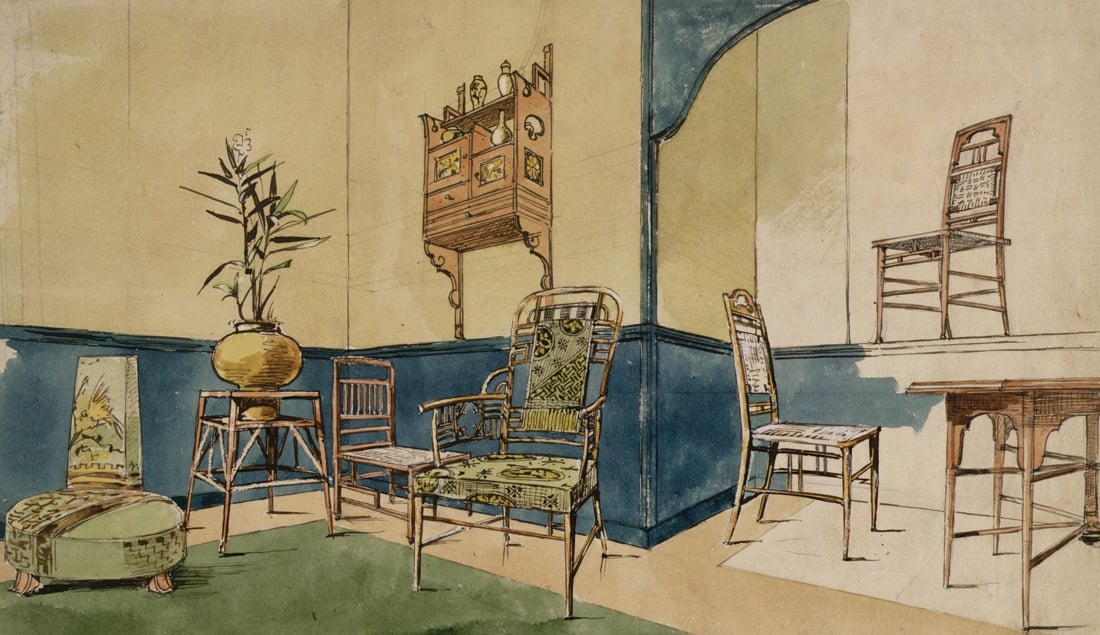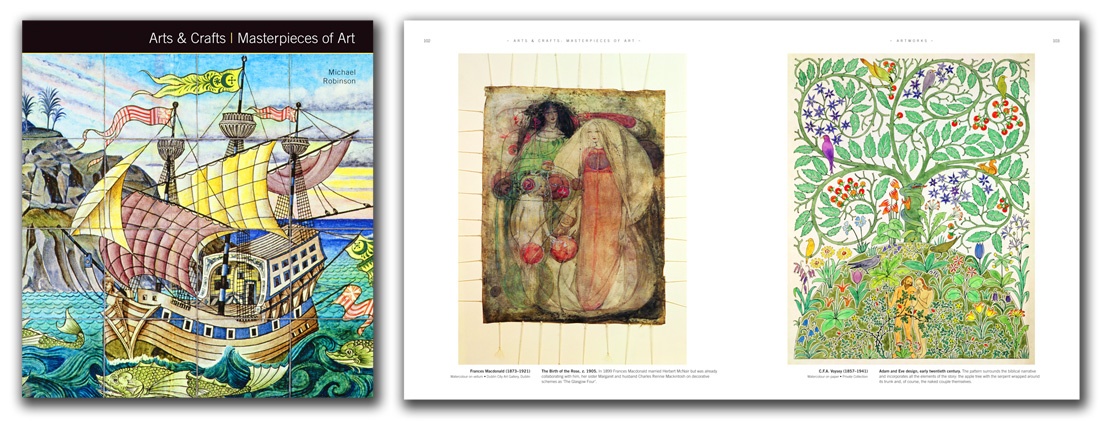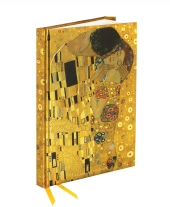
Continuing on from our last post, today's article looks at the changes in the Arts and Crafts movement between 1800 right up to the turn of the century. Need to catch up? Click here for part 1.
By the 1880s the enthusiasm for the Gothic Revival as a decorative style was waning but its ethos was very much alive. The notion of hand-crafted products became a point of focus for a more humane society that eschewed factory mass production as a social evil.
The Century Guild of Artists
In 1882 Arthur Heygate Mackmurdo founded The Century Guild of Artists, the first of its kind in the Arts and Crafts movement. It was active between 1883 and 1892 with the aim of promoting the work of the authentic designer/craftsman. The guild produced essentially domestic-designed furniture, stained glass, metalwork, decorative painting and architectural design, gaining its reputation and that of its associates through exhibiting.
Aestheticism
Owen Jones had already identified the need to look beyond Western sources for design inspiration in the 1850s, but it was with the opening of Japan’s trading borders in the 1860s that the Western world developed a taste for all things Japanese. After an initial flurry of paintings depicting Western notions of ‘Orientalism’, and the import of Japanese objets d’art for the masses, the more seriously minded students of the Japanese aesthetic adopted some of its ideals of linearity.
The Aesthetic Movement, as it came to be known, was developed as an art and design sensibility devoid of moral or political purpose, in favour of one that emphasized the beauty of the object itself. The forms were often simplified and elegant, and paid homage to the Movement’s Japanese influence.
Aesthetic Movement furniture, for example, emphasized the simplicity of the item by using minimal colour (usually ebony) and decoration, as well as clear rectilinear vertical and horizontal lines. Used often as an accessory to the furniture would be contemporarily made delicate and simplified porcelain ware.
Charles Rennie Mackintosh and The Glasgow Four
An important architect who anticipated the Modern Movement was the Scottish designer Charles Rennie Mackintosh. His work perfectly exemplifies turn-of-the-century sensibilities in the fusion of Aestheticism, Arts and Crafts and as a pioneer of the Modern Movement. Mackintosh’s most significant work was the new Glasgow School of Art building, designed in 1897.
In 1892 he was introduced to the sisters Margaret and Frances Macdonald at the Glasgow School of Art, and together with Herbert MacNair they made up a group of artists and designers that became known as ‘The Glasgow Four’ (or ‘The Four’).
Margaret Macdonald also worked in the Arts and Crafts style but was more interested in reviving Celtic motifs as part of her oeuvre, in embroidery, textiles and decorative panels, often using the latter as part of Mackintosh’s schemes. They were married in 1900 and in the same year were visited by the wealthy Viennese banker Fritz Wärndorfer. Seeing the work of The Four, he invited them to exhibit their work in the forthcoming Vienna Secession exhibition of 1900.
We have far more illuminating detail in our new book Arts and Crafts: Masterpieces of Art (ISBN: 9781783613199). Take a look on our website, or Amazon if you'd prefer.





